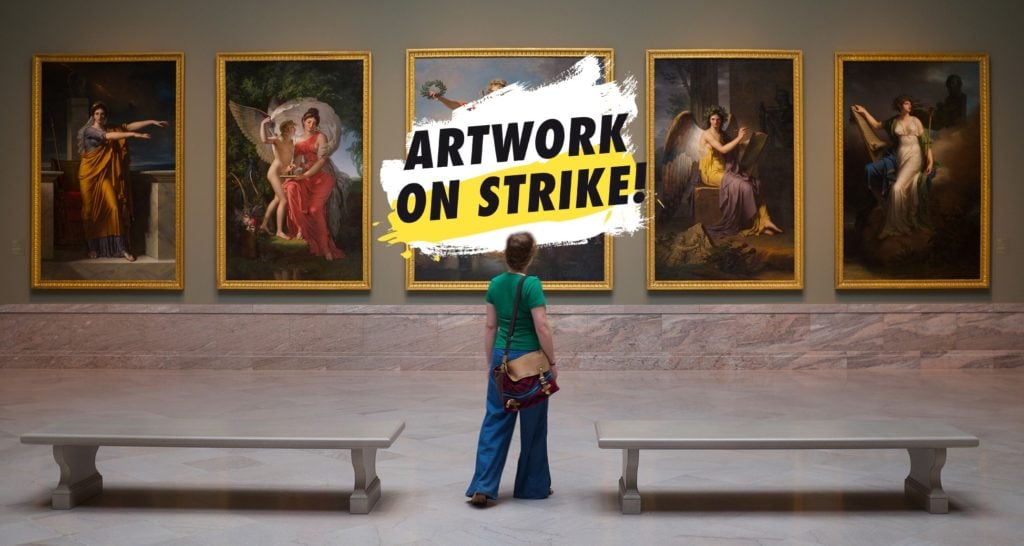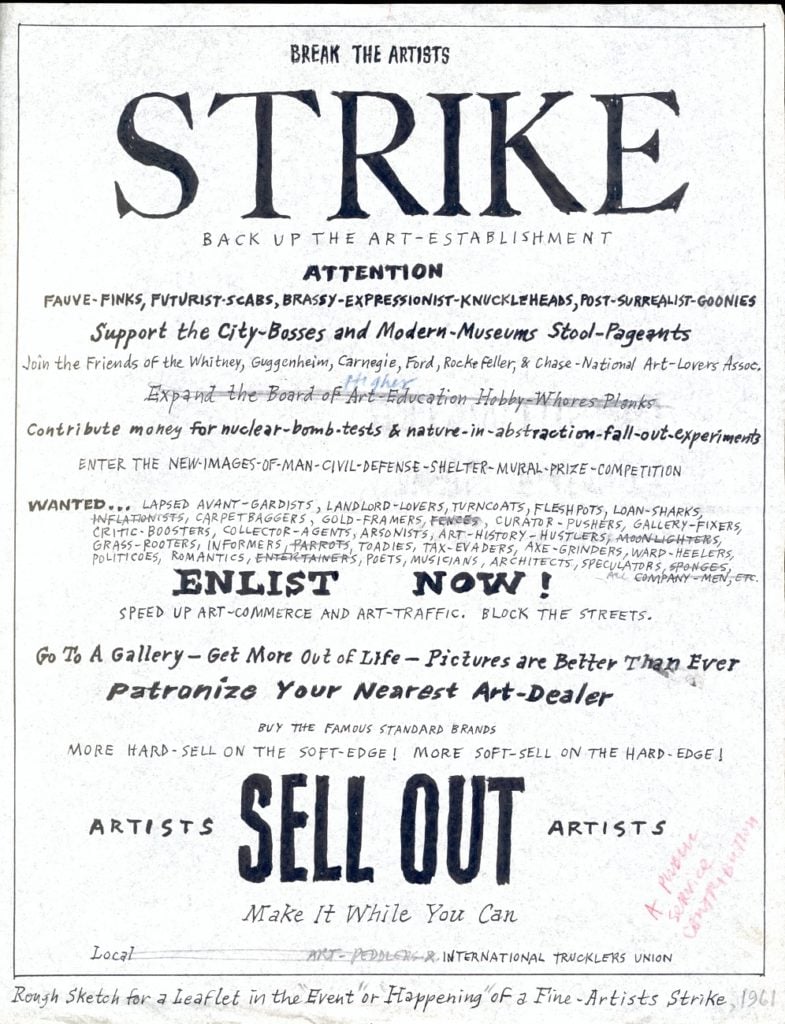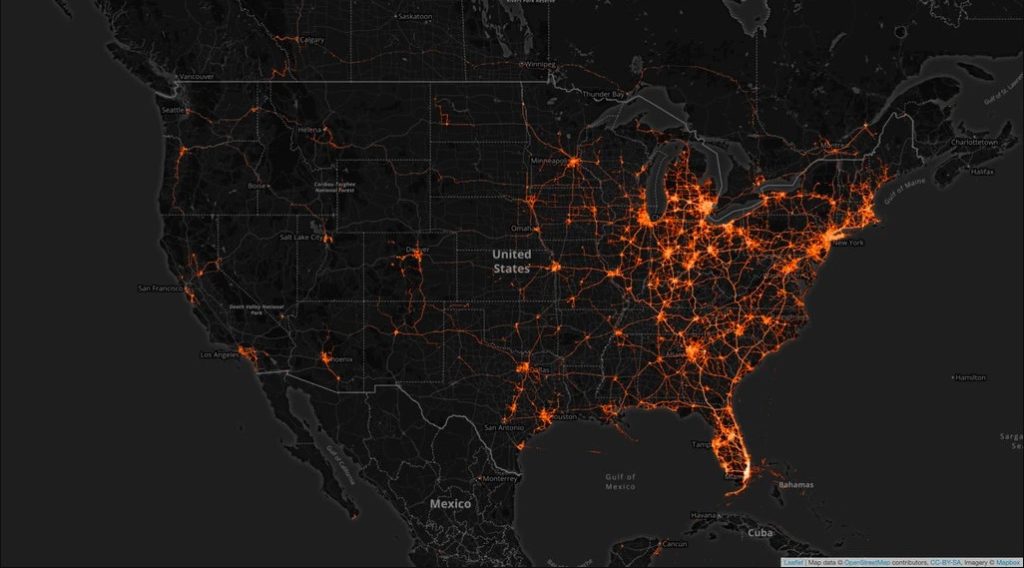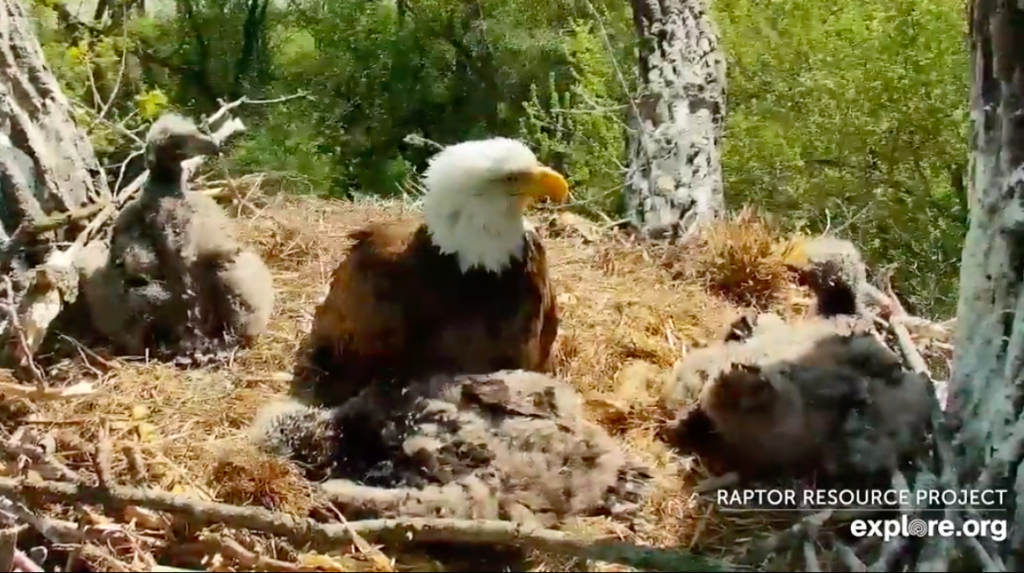Opinion
The Surprising Lesson Hidden in an Important New History of Political Strikes in the Art World + Two Other Illuminating Reads From Around the Web
A weekly round-up of interesting readings from around the art web.

A weekly round-up of interesting readings from around the art web.

Ben Davis

Each week, countless articles, think pieces, columns, op-eds, features, and manifestos are published online—and not a few of them cast new light on the world of art. To help sift through this barrage of content, here are a few articles we think are worth your time.

Disney Animators on strike May 29, 1941. Image via Wikimedia Commons.
Based on notes for an uncompleted book, Stewart Martin’s great history of the idea of “art strikes” is not just a catalogue but a lineage, with an important focus on how different actions have inspired one another. It ranges in time from a 1916 protest by Stuart Davis and other artists over their treatment by the socialist journal The Masses, to last year’s actions at museums in England and Wales where artworks were veiled in solidarity with the Global Climate Strike.
I had not heard of the Artist Tenants Association Strike of 1961, where activists called on New York artists to refrain from showing their work publicly to protest against evictions from SoHo lofts. The call drew support from Jasper Johns, Alex Katz, Willem de Kooning, Robert Motherwell, Fairfield Porter, and Ad Reinhardt. Evidently it made some impression on the mayor of New York, Robert Wagner, who agreed to stop the evictions. It also was a possible inspiration for the more famous 1970 New York Artists’ Strike Against Racism, Sexism, Repression and War.

Ad Reinhardt’s satirical sketch for an artist strike, made during the Artist Tenants Association Strike of 1961, which mocks anyone who defies the strike as helping the system. Ad Reinhardt papers, 1927-1968. Archives of American Art, Smithsonian Institution.
There’s plenty to be inspired by in this inventory, while the historical evidence does not exactly seem to make the case that the “art strike” idea is particularly wieldy. Martin’s historical account deliberately excludes “boycotts, pickets and other actions,” focusing just on examples that invoke the idea of a strike. But at the same time, he also stresses that most of these actions don’t actually involve anything that resembles a conventional “strike,” i.e. workers uniting to shut down a workplace in order to get an employer to improve conditions.
Most often, the various “strikes” are really initiatives of lone artists or small groups, outside of any real relationship to an institution, and simply using the language of collective action as an amplifier. A kind of side effect of that fact is that, more often than not, the language of these calls to strike combines the kind of grandiosity and obscurity that you don’t normally associate with winning masses of people to action, e.g. the 1991 call for a “general art-strike” signed by Michel Ritter, Chris Straetling, and Tamás St. Auby which aimed to, among other things, establish a basic income for artists paid for out of the military budget. It rallied artists by declaring that “[t]he Strike as such is an aesthetic-ethical operation on the deformed body of the reigning Myth.”
A 1941 strike by Disney animators stands out as one of the only examples that technically counts as a workplace strike. But given that Disney animators work directly for a boss and don’t own their own intellectual property, unlike fine artists, the Disney strike’s inclusion makes me think that actually collective actions by all kinds of other “creative” workers—from set decorators to photojournalists to game developers to, indeed, the employees of art schools across the UK who struck recently—could have fit comfortably here and worked even better as examples of “art strikes” than the kinds of symbolic performance and moral agitation that do make Martin’s cut.
That, finally, makes me think that the “heterogeneity” and “profound distinctions and contradictions” Martin says characterize this mini tradition are overdetermined by the way that “art” is being defined as an object in the first place. It’s defined as creative labor that’s not self-directed imaginative activity—but also not submitted to the ordinary conditions of alienated work either. The confusing, unstable, and woolly nature of the “art strike” tradition would seem to flow logically from that basic fact.

Image generated by Tectonix GEO and X-Mode Social analyzing secondary locations of anonymized mobile devices that were active at a single Fort Lauderdale beach during spring break. Courtesy Tectonix GEO.
Heather Houser is the author of the new book Infowhelm: Environmental Art and Literature in an Age of Data (Columbia University Press, 2020), which focuses on what art can bring to the battle for environmental justice. Here she applies the concept of being “infowhelmed”—a useful if slightly ungainly construction that means exactly what you think it does—to talk about the confounding effects that the deluge of public health data points is having.
Data journalism and data visualizations are meant as ways to cut through a lot of disconnected, disordered, baggy information and give clarity to it. The now-famous “flatten the curve” graph will go down in history as having actually inspired some concrete mass action, condensing the societal stakes of social distancing into a simple image. Houser wants to stress, though, that such success might blind us to how important the stories and emotions data picks up in the swirl of information are in determining what kind of action it inspires. You can’t assume, for instance, that graphs showing that black people are dying in disproportionate numbers from COVID-19 will be automatically interpreted as evidence of racism, rather than used to amplify racist ideas that black people are irresponsible or dirty. (She doesn’t talk about it here, but presumably based on the title of her book she thinks that more artistic means of presenting information have a role in navigating “the infowhelm.”)

Screenshot of the legendary Decorah Eagles livestream.
Orit Gat takes a look at the rage for happy animal stories amid the pandemic, which has seen even my own engineer dad dedicate himself to making videos of nesting chickadees.
What does it all mean? The simplest answer, of course, is that animals make people happy and people want happy things in a sad time. Gat also makes the case that the popularity of animal content now serves as a way to recover a sense of shared experience in a dispersed time, and that the plotless reality of streaming animal cams provides a relatable mass allegory at a moment when a lot of people have been separated from the ordinary motivating narratives of life.
The raccoons are returning to the libraries. Nature is healing. pic.twitter.com/TI3B2LQhGX
— Anna Mazzola (@Anna_Mazz) April 20, 2020
I’ve also been thinking that there is a darker side to the trend (and not just because not all that viral animal content is so warm and fuzzy). A lot of the early viral stories of animal sightings during lockdown actually had an undertone of the “humans were the virus all along” kind (which has already itself become something to goof on). Images of animals reclaiming desolated cities are staples of dystopian fiction.
I can’t help but think that part of the traction of these stories is that they give off the thrill of that familiar end-times trope, even as they try to find, in nature’s tentative resilience, an ecological silver lining in the dark cloud of the pandemic—though, if someone tried to make too much of it, I think most of us would have the same reaction that Black Widow does when Captain America tries to make that argument in Avengers: Endgame, last summer’s post-apocalyptic blockbuster: